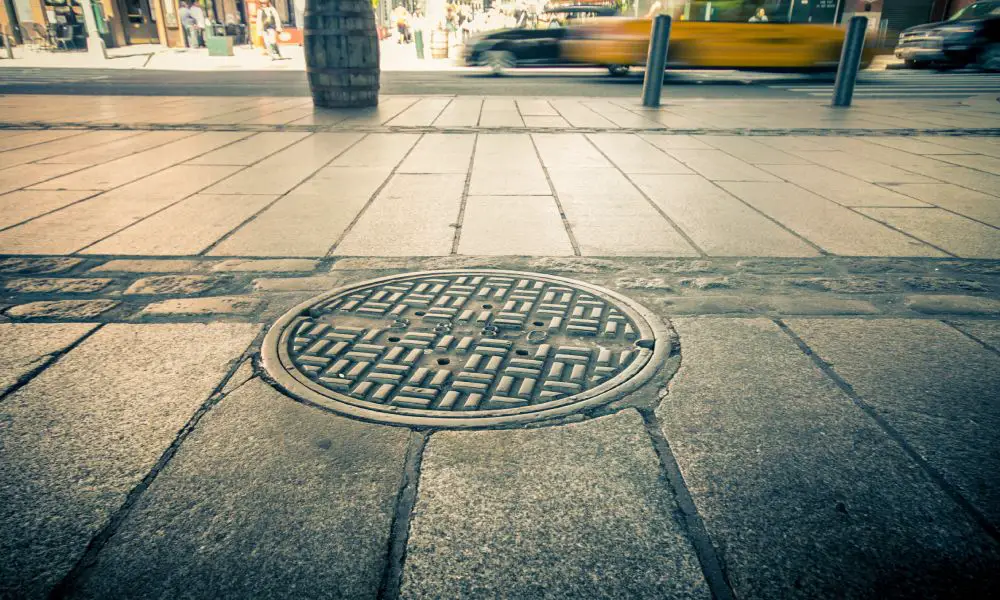

Beneath our bustling cities lies a network of utilities, often accessed through humble manhole covers. While they may seem mundane, these covers have a rich history and serve as fascinating portals into the past. For individuals interested in more than meets the eye, this brief read discusses the interesting history of manhole covers is just for you.
The concept of manholes dates back centuries, with early versions appearing in ancient Rome to access underground aqueducts. Initially crafted from stone slabs, these precursors laid the groundwork for the modern covers we see today. As cities expanded over time, the need for more durable materials led to cast iron becoming the gold standard.
In their early days, manhole covers served purely functional purposes, designed to withstand heavy loads and prevent accidents. However, as urban aesthetics gained importance, these covers began to evolve into artistic canvases. Cities started incorporating more intricate designs, showcasing local culture and rich history beneath pedestrians’ feet.
Around the world, manhole covers exhibit unique features reflecting cultural diversity. An example of this is in Japan, where communities pride themselves on colorful, artistic designs that capture local identities. Meanwhile, European cities often boast ornate patterns that date back centuries and serve as reminders of their historical significance.
One might wonder why most manhole covers are round. This shape offers practical advantages, from preventing the cover from falling into the opening to allowing easy movement during maintenance. Furthermore, the circular form accommodates a range of access points, making it the universal choice for engineers.
Urban explorers delight in discovering manhole covers that act as historical artifacts. These covers often bear emblems or inscriptions, providing clues about a city’s past infrastructure projects. By carefully examining these markings, one can trace the evolution of urban planning and development over the years.
Notable manhole cover designs capture moments in history, much like a city’s architectural landmarks. For example, Parisian covers often feature the iconic fleur-de-lis, symbolizing French heritage. Similarly, New York City’s covers showcase the city’s industrial roots, with designs highlighting its rich maritime history.
In recent years, manhole covers have seen modern innovations, with new materials enhancing durability and safety. Composite covers now replace traditional cast iron in some areas, resist corrosion, and reduce weight. These advancements reflect a growing emphasis on sustainability in urban infrastructure.
Sustainability remains a critical consideration in the production of manhole covers. Manufacturers strive to reduce their environmental impact by using recycled materials and energy-efficient processes. This commitment to sustainability keeps these utilitarian objects a vital part of our cities for generations to come.
Manhole covers offer more than just functional utility; they provide a glimpse into our cities’ interesting histories and cultures. By appreciating their artistry and significance, we deepen our understanding of urban life. Next time you stroll through your city, take a moment to admire the hidden beauty beneath your feet.
Discover smart wine storage solutions for hot summer months without air-conditioning. Keep your bottles safe…
Throwing a wedding is exciting and stressful, as you try to make it exciting for…
Transform your living space into a luxurious retreat with these expert design strategies that introduce…
With free time, it’s important to find the activities and hobbies that bring you joy.…
Your website is the foundation of your brand's online presence. Potential clients often visit it…
Upgrading your home's interior doors can dramatically enhance the aesthetic, functionality, and value of your…